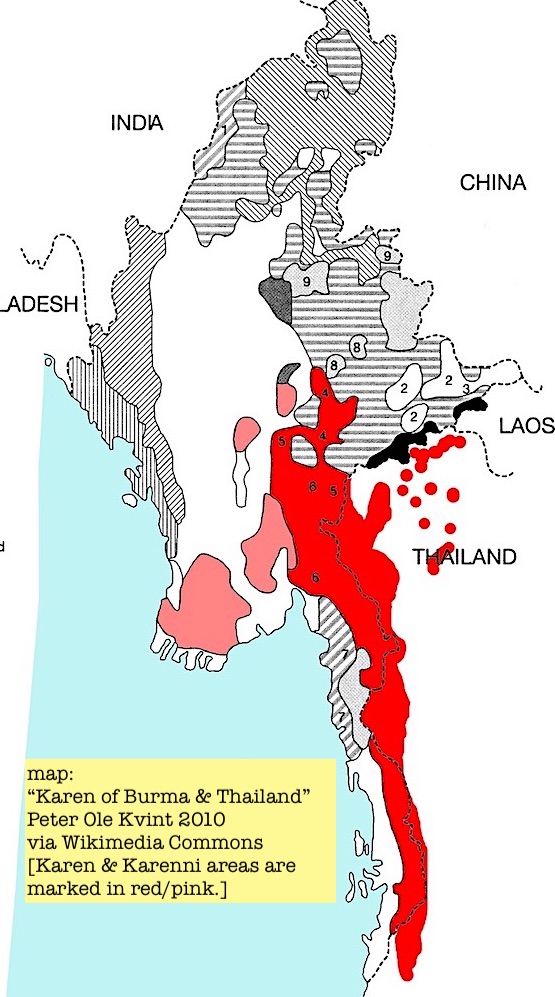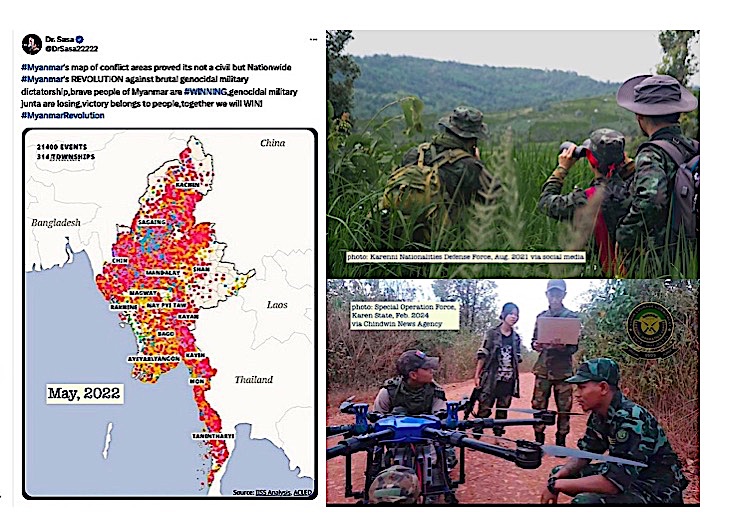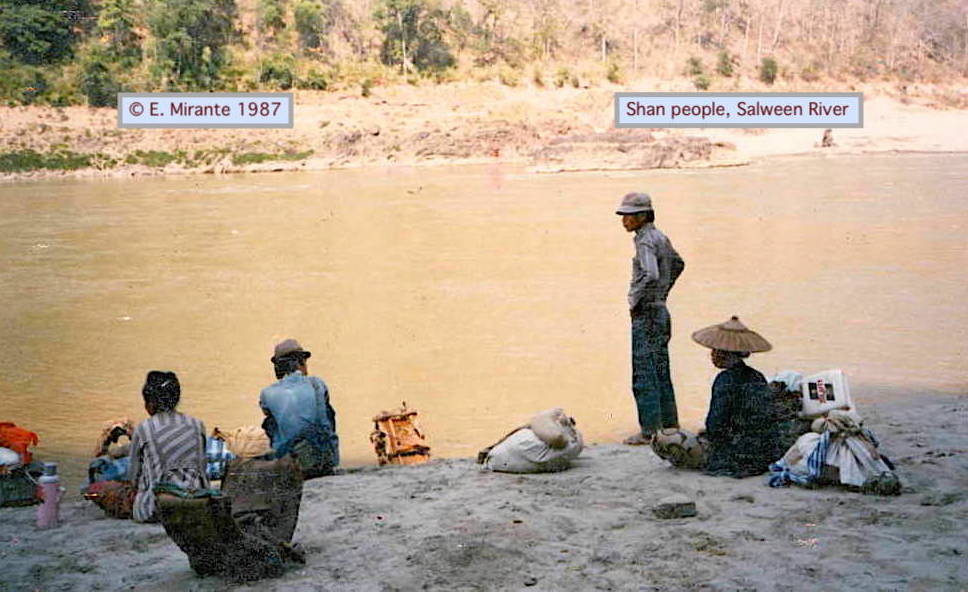1. This History Thread is about Britain’s relations with Burma (Myanmar.) A fraught legacy with centuries of trade, conflict, colonization, Independence, more trade, sanctions. #WhatsHappeningInMyanmar 




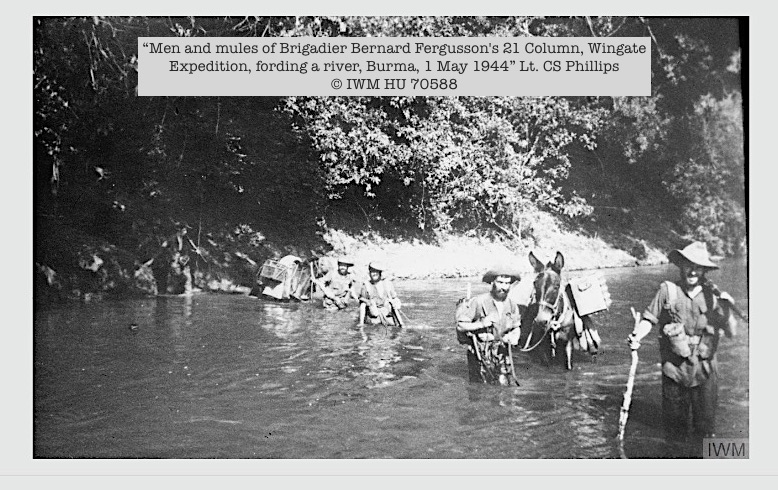

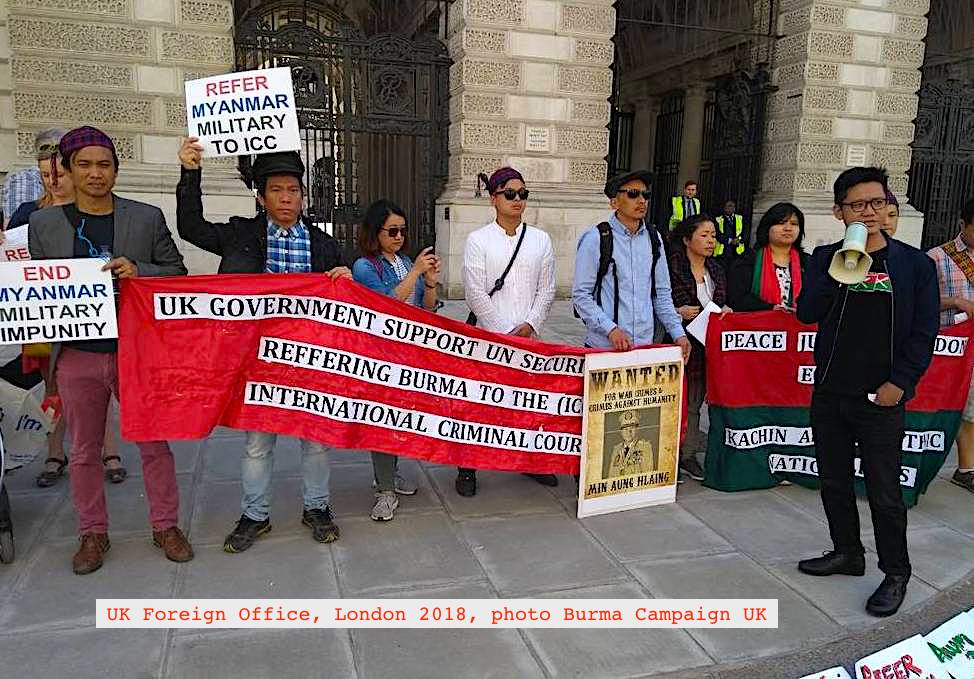
2. Lands that would become Burma were of interest to British East India Company due to rivalry w. Portuguese, Dutch, French. Ralph Fitch visited 1587 for BEIC. 17th-18th C. British trade, teak shipbuilding, diplomatic relations w. Ava. Conflict on Arakan border w. British Bengal. 



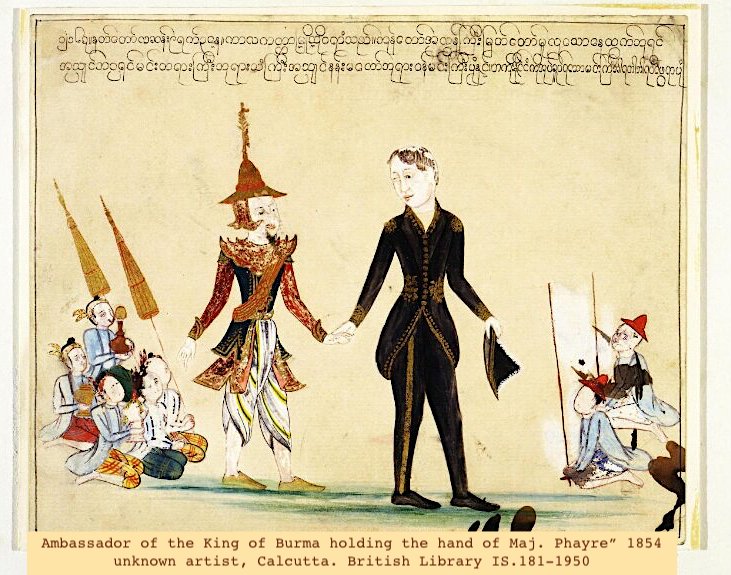

3. As Ava expanded west (Arakan, toward Assam, Manipur) 1st Anglo-Burmese War 1824-26. British military moved into Assam, Arakan & Irrawaddy River area but ravaged by diseases. Ava’s Gen. Maha Bandula killed. Treaty: British kept Arakan, Tenasserim + Assam, Manipur buffer zone. 

4. 2nd Anglo-Burmese War 1852-53, British took Pegu (“Lower Burma.”) British diplomacy w. King Mindon (ruled “Upper Burma” 1853-78.) British Residency allowed in Mandalay. Christian missionaries arrive. British develop Lower Burma Rangoon city/port while Upper Burma landlocked. 

5. Late 19th C. British-Burmese friction over French interests & timber concessions. 3rd Anglo-Burmese War: British moved swiftly Nov. 1885 to annex Upper Burma. They deposed King Thibaw & abolished Burmese Monarchy. British would govern Burma as part of their Indian Empire. 

6. The new British rulers of Burma exiled King Thibaw & family members to Ratnagiri in western India. He died 1916 & was buried there. Conversely, British (Myanmar) exiled the last Mughal emperor of India, Bahadur Shah Zafar to Burma where he died 1862 & was buried in Rangoon. 

7. British colonial administrators of Burma solidified their rule. In multi-ethnic entity now bound by borders they drew, conflicts resolved by force of arms & separate pacts w. various ethnic groups, some retaining autonomy. Karenni (Kayah) remained independent though tributary. 

8. Burma soon became “Rice Bowl of Asia” as British colonists prioritized commodity exports & cultivating wet rice land for surplus production was encouraged. Arakan (now Rakhine St.) port Akyab (Sittwe) became one of world’s largest rice exporters. 

9. Timber, especially valuable teak for shipbuilding & other uses, was another major export commodity for British colonizers of Burma, who adapted local practices in Burma Selection System. Foreign timber managers w. companies like Bombay Burmah Trading Corp. 

10. British troops seized Burma’s Mogok ruby mines 1886. Burma under British exported silver, lead, zinc, tin. Oil production was taken over by (British) Burmah Oil Co., developed in Central Burma & Arakan w. refineries, ports. World’s 14th largest oil industry by start of WW2. 





11. As British colonizers commercially exploited Burma resources, thousands of laborers were brought there from India. Indians also staffed civil service, military. Indian migrants engaged in business, including Chettiar money lenders who took over farmland when loans defaulted. 

12. Under British rule Burma’s Rangoon became important city w. residents of many origins, identities, occupations. Commercial, cultural, educational institutions established. Trade & communications links to Asia, rest of world. Other ports incl. Akyab (Sittwe), Moulmein thrived. 

13. British-ruled Burma was chronicled (& romanticized) by writers incl. G Scott, HP Cochrane, Kipling, WS Maugham. Critical view by ex colonial police officer Orwell. Photos by L Tripe, JH Green & art by C Grant, GF Kelly, EG MacColl contributed visual records. 



14. British in Burma faced agricultural worker rebellions like Saya San revolt. Oil field workers started general strikes 1938. Intellectuals, literary figures, leftists sought independence. 1940 Japan covert support for Burma independence movement incl. Aung San, “30 Comrades.” 





15. Japan invaded Burma 1942. British retreat to India w. thousands of Indian & other civilians. Some ethnic groups supported Japan, others Allies. Burma crucial for Allies vs Japan as supply route British India to China. British/Indian attempt to retake via Arakan failed 1942-3. 

16. British/Indian forces under Gen. Slim repelled Japanese move toward India in battles Admin Box, Kohima, Imphal & began retaking Burma in 1944. British worked with local guerrillas in units like Chin Levies, Kachin Levies, Force 136 and deployed innovative long range Chindits. 
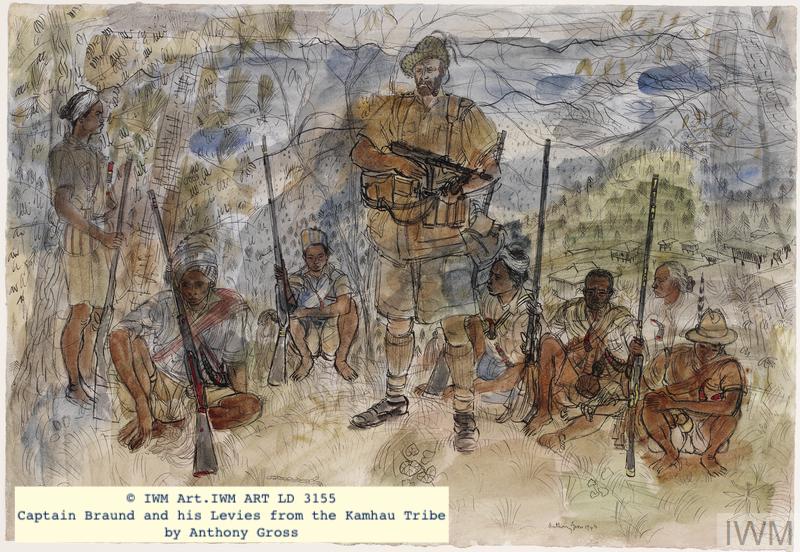
17. Aung San shifted support to Allies during WW2 & negotiated Aung San-Attlee Agreement leading to Burma’s Jan. 1948 full Independence (not Dominion or Commonwealth.) Ethnic conflicts in the former British colony were never resolved, assessments of legacy of British rule differ. 

18. Burma took a position of Cold War neutrality. Decades of military rule followed 1962 coup of Gen. Ne Win. Colonial past blamed for ongoing failures while neocolonial exploitation & suppression of ethnic regions pursued. Physical manifestations of British rule became decrepit. 

19. Many exiles from Burma (Myanmar) dictatorship have lived in the United Kingdom. Aung San Suu Kyi graduated from Oxford, married a British man. The marriage was used by Burma’s military to prevent her becoming President. independent.co.uk/news/world/asi…
20. British companies invested in Myanmar after 1988. Premier involved in Yetagun gas 1992-2003. @burmacampaignuk has compiled Dirty Lists of companies like British American Tobacco in Myanmar military-linked ventures. Tourism companies use colonial nostalgia as a marketing ploy. 

21. United Kingdom as part of European Union had economic sanctions vs Myanmar military rulers. 2012 UK PM David Cameron visited Myanmar ex-Gen. Pres. Thein Sein & Aung San Suu Kyi, proposed suspending sanctions. Aung San Suu Kyi visited UK 2012, ’16, ‘17. bbc.com/news/uk-politi…
22. After Rohingya genocide ’17 & Feb. ’21 coup, UK reimposed sanctions on Myanmar military & led UN resolutions of condemnation. But criticized for not acting enough in UN Security Council & for allowing coup regime to take over Myanmar's London embassy. aljazeera.com/opinions/2022/…
23. UK’s appointed Ambassador to Myanmar, Pete Vowles did not present credentials to the coup regime. His position was downgraded to chargé d’affaires by British govt. and Myanmar coup regime has denied him re-entry. irrawaddy.com/news/burma/uks…
24/24. Britain/Burma sources incl. Symes 1800, Cox 1822, Crawfurd 1834, Collis 1936, WS Desai 1939, DGE Hall 1943, Van Schendel 1987, Silverstein 1993, Sarbadhikary 1993, Aung-Thwin 2011, Simony 2013, @Jonathan_Saha blog. My previous Burma History Threads: projectmaje.org 

Correction: Ralph Fitch’s 1587 visit to Burma predated founding of English East India Company (later British East India Company) which was in 1600; thanks @pakhead for pointing that out. Fitch was involved in starting EEIC & provided information from his voyage. 

• • •
Missing some Tweet in this thread? You can try to
force a refresh






